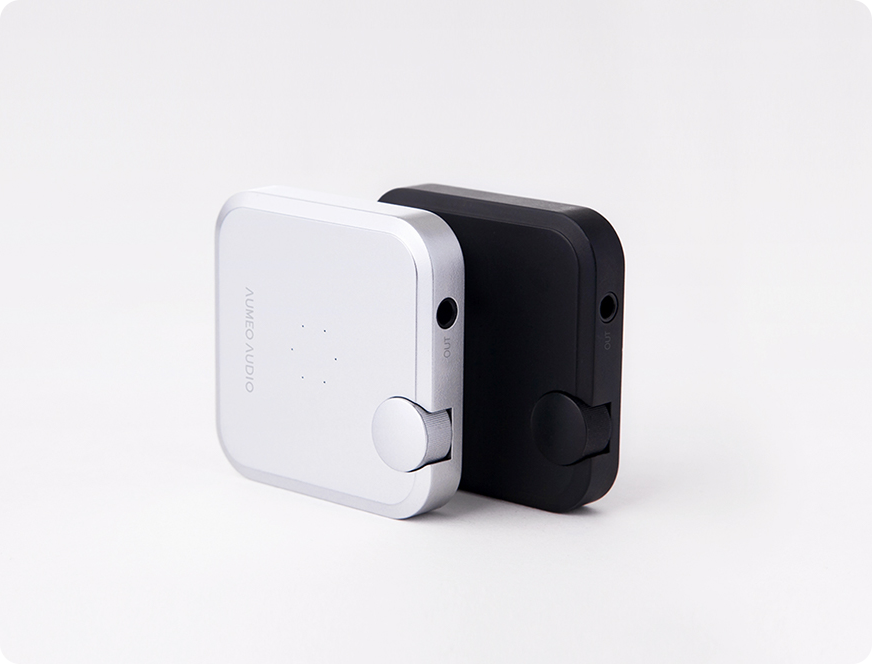Project Overview
The goal is to develop a comprehensive Health & Fitness website that includes PWA capabilities, real-time activity tracking, nutrition guides and personalized workout plans. This platform will allow users to manage their fitness journey with access to tailored content and tools both online and offline.
Project Requirements & Features
1. User Interface (UI)
-
- Frontend:
- React.js/Angular/Vue.js: For building a responsive and dynamic user interface.
- HTML5/CSS3: For structuring and styling UI components.
- Bootstrap/Tailwind CSS: For consistent and responsive layouts.
- Backend:
- Node.js/Express.js: For serving frontend assets and managing API endpoints.
-
- Frontend:
- React.js/Angular/Vue.js: For dynamic user profile pages displaying fitness goals, progress, and activity history.
- Axios/Fetch API: For fetching and updating user data.
- Backend:
- Node.js/Express.js: For managing user profiles, goals, and progress data.
- MongoDB/PostgreSQL: For storing user information, activity history, and preferences.
-
- Frontend:
- React.js/Angular/Vue.js: For a personalized dashboard showing daily activity, upcoming workouts, and nutrition advice.
- Chart.js/D3.js: For visualizing fitness progress, calorie intake, and workout stats.
- Backend:
- Node.js/Express.js: For aggregating user data and delivering personalized dashboard content.
- MongoDB/PostgreSQL: For storing workout plans, nutrition data, and user progress.
2. Activity Tracking
- Real-Time Activity Tracking:
-
- Frontend:
- React Native (for mobile): For tracking activity through mobile sensors (GPS, accelerometer) and integrating with wearables.
- React.js/Angular/Vue.js: For displaying real-time activity stats on the web platform.
- Web Bluetooth API: For connecting and syncing data from fitness devices.
- Backend:
- Node.js/Express.js: For processing and storing real-time activity data.
- MongoDB/PostgreSQL: For storing activity logs, GPS data, and sensor information.
- Redis: For caching real-time activity data to improve performance.
- Historical Activity Data:
-
- Frontend:
- React.js/Angular/Vue.js: For displaying historical activity data, trends, and progress.
- Chart.js/D3.js: For visualizing past workouts and activity statistics.
- Backend:
- Node.js/Express.js: For retrieving and processing historical data.
- MongoDB/PostgreSQL: For storing long-term activity logs and performance data.
3. Nutrition Guides
- Personalized Nutrition Plans:
-
- Frontend:
- React.js/Angular/Vue.js: For displaying customized meal plans, calorie intake, and nutritional advice.
- Axios/Fetch API: For fetching personalized nutrition content from the server.
- Backend:
- Node.js/Express.js: For managing nutrition algorithms and delivering personalized meal plans.
- MongoDB/PostgreSQL: For storing user dietary preferences, goals, and meal plans.
- Redis: For caching frequently accessed nutrition data.
-
- Frontend:
- React.js/Angular/Vue.js: For searching and displaying healthy recipes, with filters for dietary preferences.
- Algolia/ElasticSearch: For implementing fast and accurate search functionality.
- Backend:
- Node.js/Express.js: For managing the recipe database and search queries.
- MongoDB/PostgreSQL: For storing recipes, ingredients, and nutritional information.
4. Personalized Workout Plans
- Custom Workout Generator:
-
- Frontend:
- React.js/Angular/Vue.js: For interactive workout plan generation based on user goals, fitness level, and preferences.
- Axios/Fetch API: For fetching generated workout plans from the server.
- Backend:
- Node.js/Express.js: For managing workout algorithms and delivering personalized plans.
- MongoDB/PostgreSQL: For storing workout routines, exercise libraries, and user preferences.
- Redis: For caching workout plans to optimize delivery and reduce server load.
-
- Frontend:
- React.js/Angular/Vue.js: For browsing exercises, with video demonstrations and step-by-step instructions.
- Axios/Fetch API: For fetching exercise details from the server.
- Backend:
- Node.js/Express.js: For managing the exercise database and delivering content.
- MongoDB/PostgreSQL: For storing exercise videos, instructions, and metadata.
5. PWA Features
-
- Frontend:
- Service Workers: For caching essential data such as workout plans, activity logs, and nutrition guides for offline use.
- IndexedDB: For storing offline data like activity history, saved workout plans, and nutrition content.
- React.js/Angular/Vue.js: For a seamless offline experience.
- Backend:
- Node.js/Express.js: For managing offline capabilities and syncing data when online.
- Redis: For caching frequently accessed data to support offline functionality.
-
- Frontend:
- Service Workers: For handling push notifications about workout reminders, activity goals, and new content updates.
- Web Push API: For subscribing to and receiving notifications.
- Backend:
- Firebase Cloud Messaging (FCM)/OneSignal: For managing push notifications and user subscriptions.
- Node.js/Express.js: To trigger and manage notification events.
-
- Frontend:
- Web App Manifest: For enabling the PWA install prompt on mobile and desktop devices.
- Service Workers: To handle PWA installation, updates, and offline support.
- Backend:
- Node.js/Express.js: For serving the PWA manifest and related assets.
6. User Authentication & Security
-
- Frontend:
- React.js/Angular/Vue.js: For login, registration, and authentication interfaces.
- OAuth/OpenID Connect: For social media login integration (e.g., Google, Facebook).
- Backend:
- Node.js/Express.js: For managing user authentication, session management, and API security.
- JWT (JSON Web Tokens): For secure authentication and authorization.
- MongoDB/PostgreSQL: For storing user credentials and session data.
-
- Frontend:
- HTTPS: For secure communication between client and server.
- Backend:
- Node.js/Express.js: For implementing encryption protocols.
- bcrypt: For hashing passwords and sensitive user data.
- TLS/SSL: For securing data transmission.
This structure outlines the key features and technologies used to develop a comprehensive Health & Fitness website, providing users with a secure, interactive, and personalized fitness experience both online and offline.


